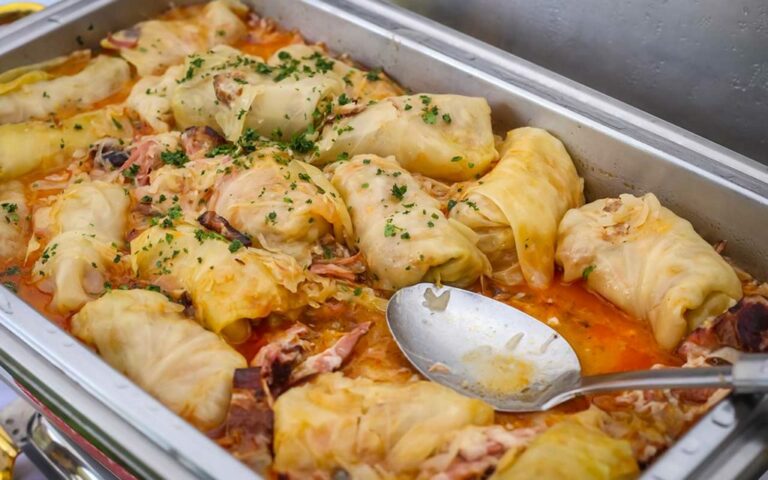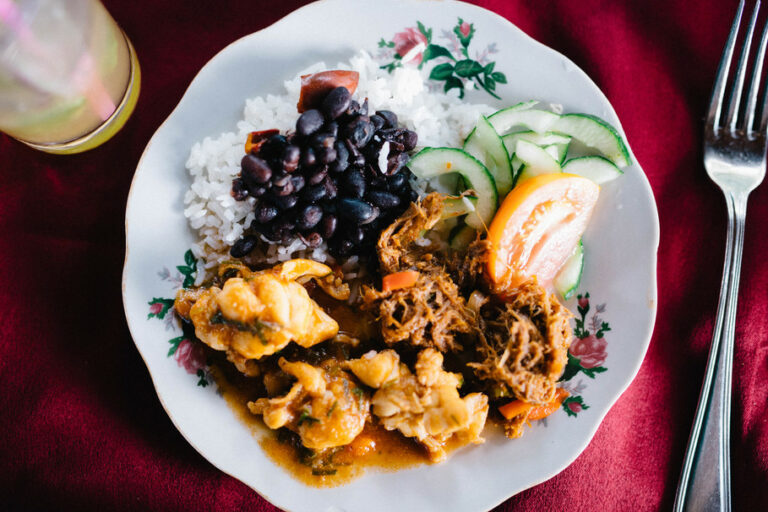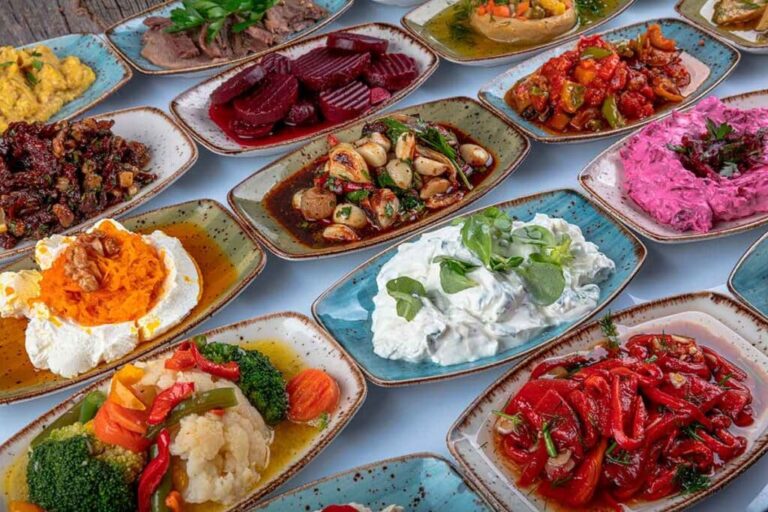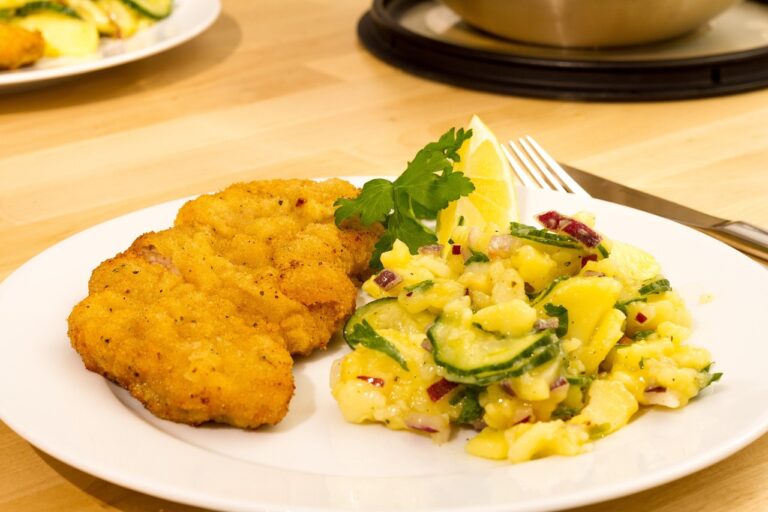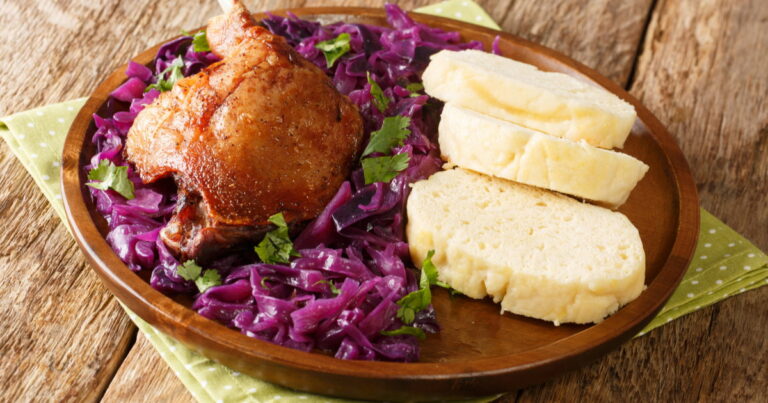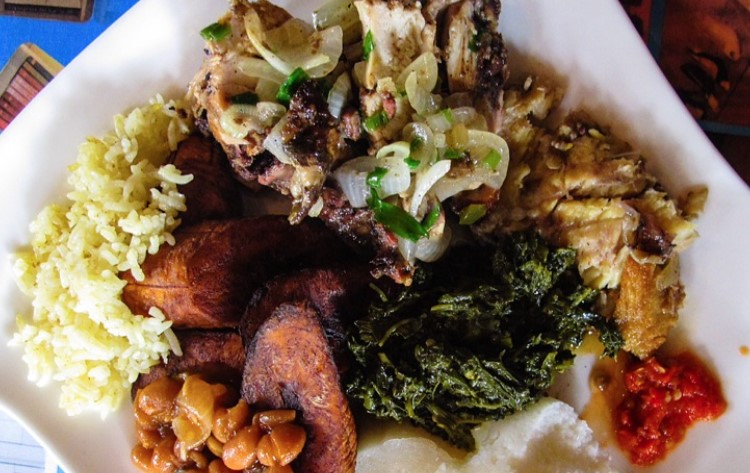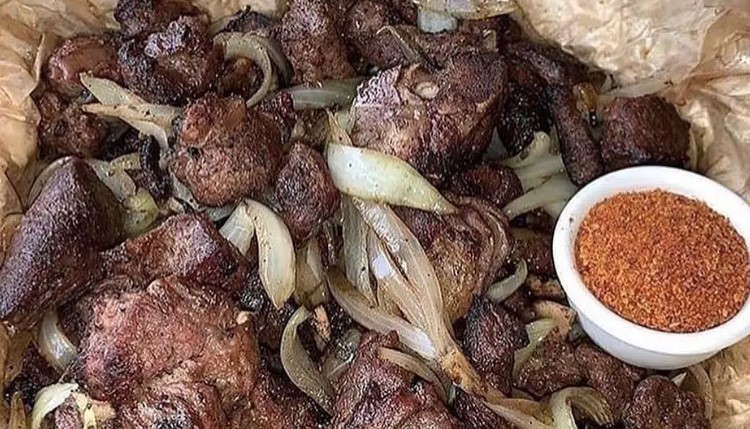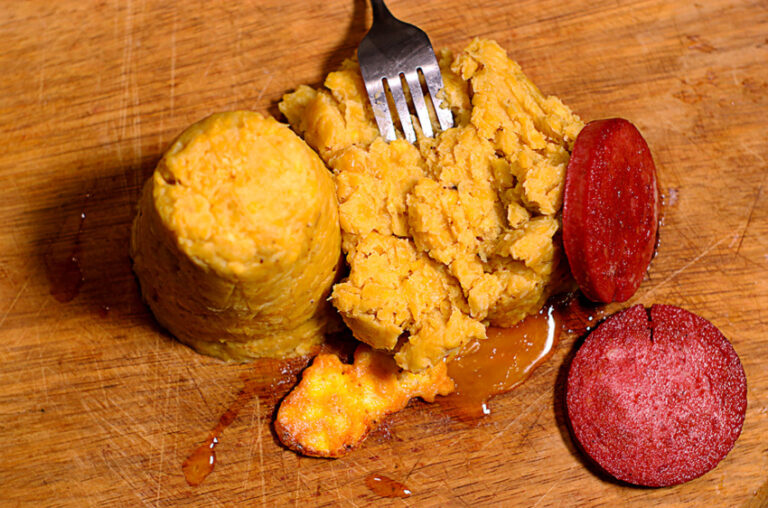Introduction to Croatian Cuisine
Croatian cuisine is a unique blend of various flavors influenced by its geography, history, and culture. With its rich and diverse culinary heritage, Croatian cuisine is a delight for food lovers. From hearty meat dishes to fresh seafood, Croatia has something for everyone. Let’s explore the main ingredients used in Croatian cuisine.
Meat – The Heart of Croatian Cuisine
Meat is an essential part of Croatian cuisine, and dishes made from lamb, pork, and beef are very popular. Cevapi, a dish made from minced meat, is a must-try when in Croatia. Another popular meat dish is prsut, which is a dry-cured ham that is often served as an appetizer. Roast lamb, slow-cooked pork, and beef stews are also popular meat dishes in Croatia.
Fish and Seafood – The Coastline Delight
With a long coastline, it’s no surprise that fish and seafood are an important part of Croatian cuisine. Some of the popular seafood dishes include grilled octopus, black risotto made with squid ink, and various types of grilled fish such as sea bass, sea bream, and mackerel. Oysters from the Adriatic coast are also a delicacy in Croatia.
Dairy Products – Rich and Savory Flavor
Croatian cuisine is rich in dairy products, and cheese is a staple ingredient in many dishes. Pag cheese, a hard, salty cheese made from sheep’s milk, is a popular cheese in Croatia. Another cheese that is widely used is the creamy and mild-tasting cheese, sir, which is made from cow’s milk. Sour cream and yogurt are also used in many dishes, adding a tangy flavor to the food.
Health Boosting Vegetables
Croatian cuisine incorporates a wide range of vegetables and herbs, and they are used in various dishes. Some of the popular vegetables used in Croatian cuisine include tomatoes, bell peppers, eggplants, and zucchini. Cabbage is also used in many dishes, either pickled or sautéed. Herbs like parsley, rosemary, bay leaves, and thyme are used to enhance the flavor of the food.
Herbs and Spices – The Taste of Croatia
Herbs and spices play a crucial role in Croatian cuisine, and they are used to add flavor and aroma to the dishes. Paprika is a common spice used in many dishes, especially in stews and goulashes. Vegeta, a seasoning blend made with salt, vegetables, and herbs, is a staple ingredient in many Croatian households. Dried herbs like oregano, sage, and marjoram are also used in many dishes.
Desserts – A Sweet Ending
Croatians have a sweet tooth, and their desserts are a testimony to that. Palacinke, Croatian crepes, are a popular sweet dish, and they are often filled with jam, chocolate, or walnuts. Strudel, a pastry filled with apple, cheese, or poppy seeds, is also a popular dessert. Fritule, a type of small doughnut, and krostule, a fried pastry sprinkled with powdered sugar, are also popular sweet treats in Croatia.
Traditional Beverages – Cheers to Croatian Culture
Croatia has a rich tradition of brewing and distilling beverages, and there are various traditional drinks that are an integral part of Croatian culture. Rakija, a fruit brandy, is the most popular alcoholic beverage in Croatia. Wine is also widely consumed, and Croatia has a long history of wine-making. Croatian beer is also popular, with Karlovacko and Ozujsko being the most famous brands.
In conclusion, Croatian cuisine is a treasure trove of flavors and ingredients, and it offers a culinary experience that is unique and memorable. With its diverse ingredients, from meat and fish to vegetables and herbs, Croatian cuisine has something for everyone. If you’re a food lover, then Croatia is a must-visit destination.

